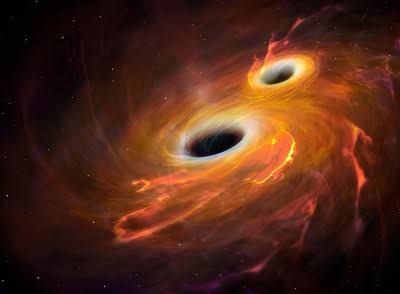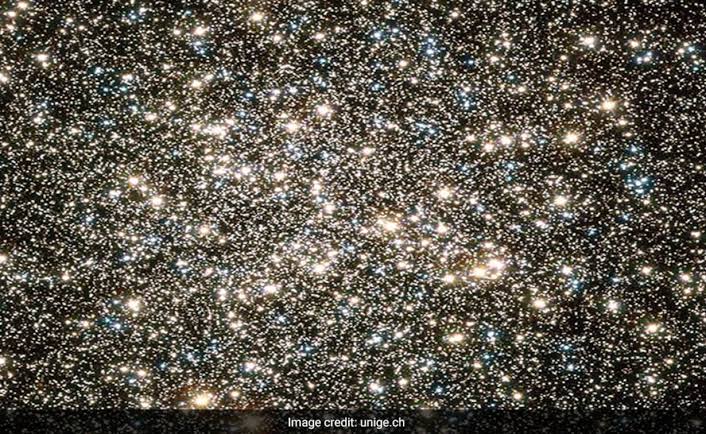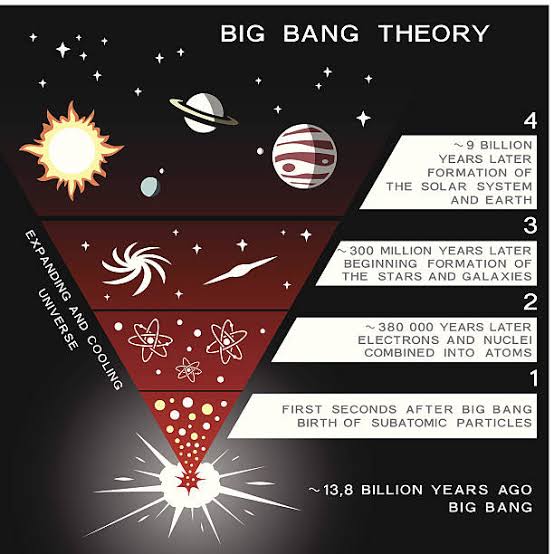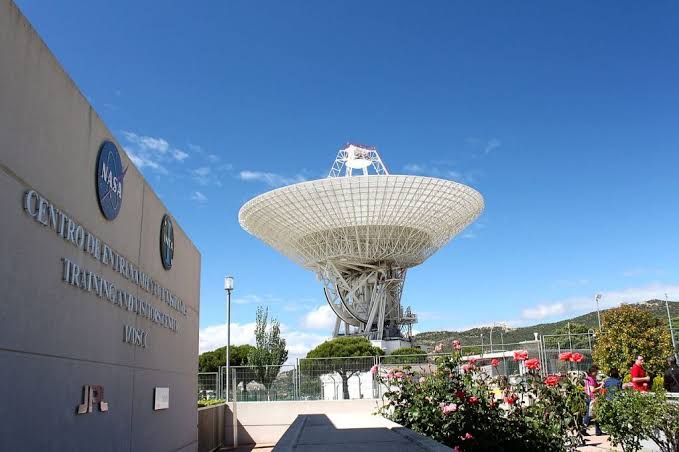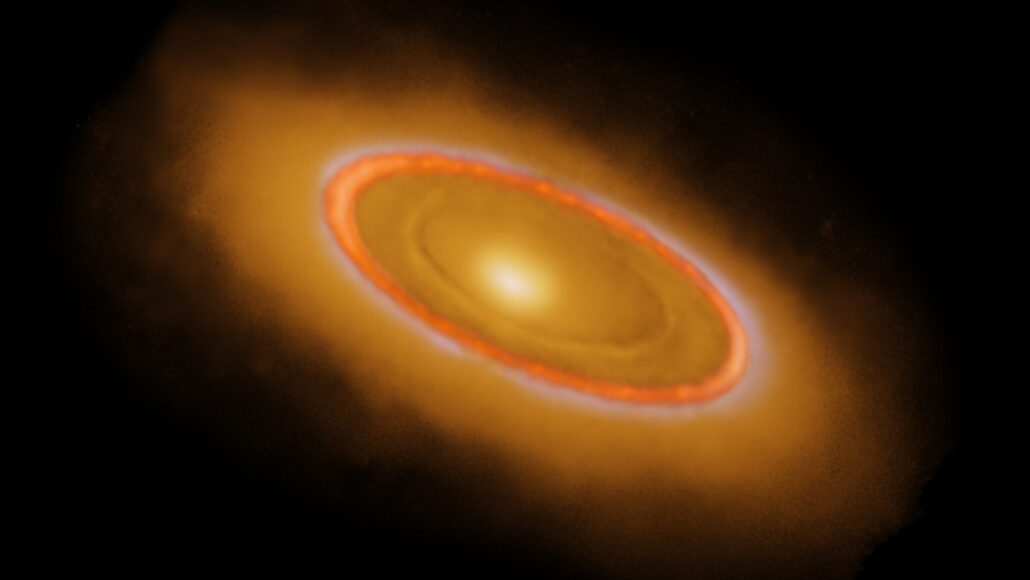LIGO, the Laser Interferometer Gravitational-Wave Observatory, is back online after a three-year hiatus. The upgrades to LIGO have made it significantly more sensitive, and it is now expected to detect gravitational waves from colliding black holes every two to three days. This is a major increase from the previous rate...
Introduction JWST and the Ancient Stars - In a groundbreaking discovery. The James Webb Space Telescope (JWST) has unveiled the existence of massive stars. That formed a mere 440 million years after the Big Bang. This revelation opens a window into the early universe. Shedding light on the formation of...
The birth and expansion of the universe is a complex topic that is still being studied by scientists. However, we do know a few things about how the universe began and how it has evolved over time. The Big Bang theory is the prevailing cosmological model for the universe. It...
Deep space networking is the process of communicating with spacecraft that are beyond the orbit of Earth. This is a challenging task because the distance between Earth and these spacecraft can be vast, making it difficult to send and receive signals. The Deep Space Network (DSN) is a worldwide network...
Scientists on Monday unveiled observations by the James Webb Space Telescope showing new details about such features around a luminous star called Fomalhaut in our own neighborhood of the Milky Way galaxy. These observations of three concentric dusty rings of debris orbiting Fomalhaut provide the fullest view to date of...
Detailed about Hubble space telescope. The Hubble Space Telescope is a space observatory that orbits around the Earth, and it was launched into space in 1990 by the NASA Space Shuttle Discovery. Its primary objective is to provide astronomers with clear and detailed images of celestial objects located in deep...

